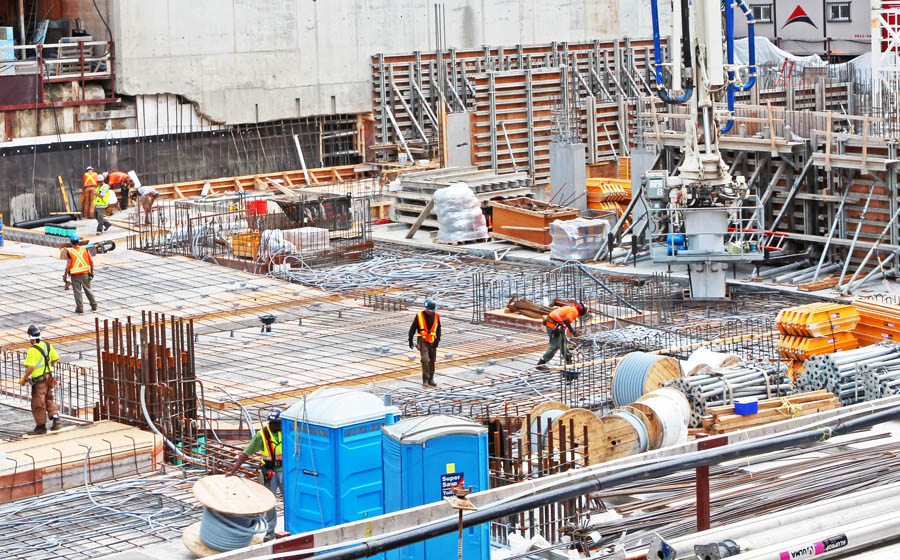
Construction costs continue climbing, with the latest ENR Cost Index showing a 3.4% annual inflation rate for November 2025—a stubborn reminder that project costs remain a critical challenge for contractors regardless of recent monetary policy shifts.
While the Federal Reserve's recent rate cuts have sparked optimism about potential cost relief for the construction industry, the economic reality is far more complex. Material prices remain elevated, and labor costs show no sign of moderating, creating a difficult environment for project economics and profitability.
The most troubling trend: construction material costs have increased twice as fast as general inflation, according to recent analysis. This disproportionate increase in building material prices means that even when headline inflation appears controlled, construction projects face outsize cost pressures.
Key materials experiencing sustained price pressure:
The tariff impact is particularly significant. Imported materials now carry substantial duties that are passed directly to project costs, making international sourcing increasingly expensive.
Beyond materials, labor represents a growing portion of project budgets:
The combination of material inflation and rising labor costs creates a squeeze on project profitability, particularly for fixed-price contracts that don't include escalation clauses.
Construction companies face a critical strategic challenge:
Construction costs vary significantly by region in 2025:
Project feasibility analysis requires careful attention to regional cost indices and current pricing data, not historical averages.
The Federal Reserve's recent rate cuts have generated discussion about potential relief for construction projects. However, industry analysis shows the reality is more nuanced:
What rate cuts help: Lower financing costs for property developers and construction companies can improve project economics. Reduced interest on construction loans can improve cash flow.
What rate cuts don't address: Material prices, labor costs, and supply chain disruptions persist regardless of monetary policy. A lower interest rate doesn't reduce the cost of imported steel or compensate for skilled labor shortages.
As one industry analyst noted: "Rate cuts help on paper, but they don't solve the real cost pressures shaping this next phase of the cycle."
Rising construction costs create economic constraints on project feasibility:
As 2025 moves toward year-end and 2026 approaches, contractors should monitor:
Construction cost inflation is not a temporary phenomenon—it reflects fundamental challenges in materials sourcing, labor availability, and supply chain resilience. Contractors who proactively manage pricing, invest in efficiency, and build flexibility into contracts will be best positioned to maintain profitability in this environment.
Sources: ENR Cost Data (November 2025) | S&P Global Market Intelligence | Industry analysis and contractor feedback
Explore the ultimate guide to clean room construction and maintenance for superior contamination control in your industry.
Developer Norm Swanson proposes an 88-unit studio apartment building on Syracuse's University Hill near Syracuse University campus, with related historic home renovation for tenant events.
KeyBank planning a new 3,500-square-foot freestanding branch with drive-thru services at 1765 East Ridge Road in Irondequoit, NY, seeking approval in February 2026.